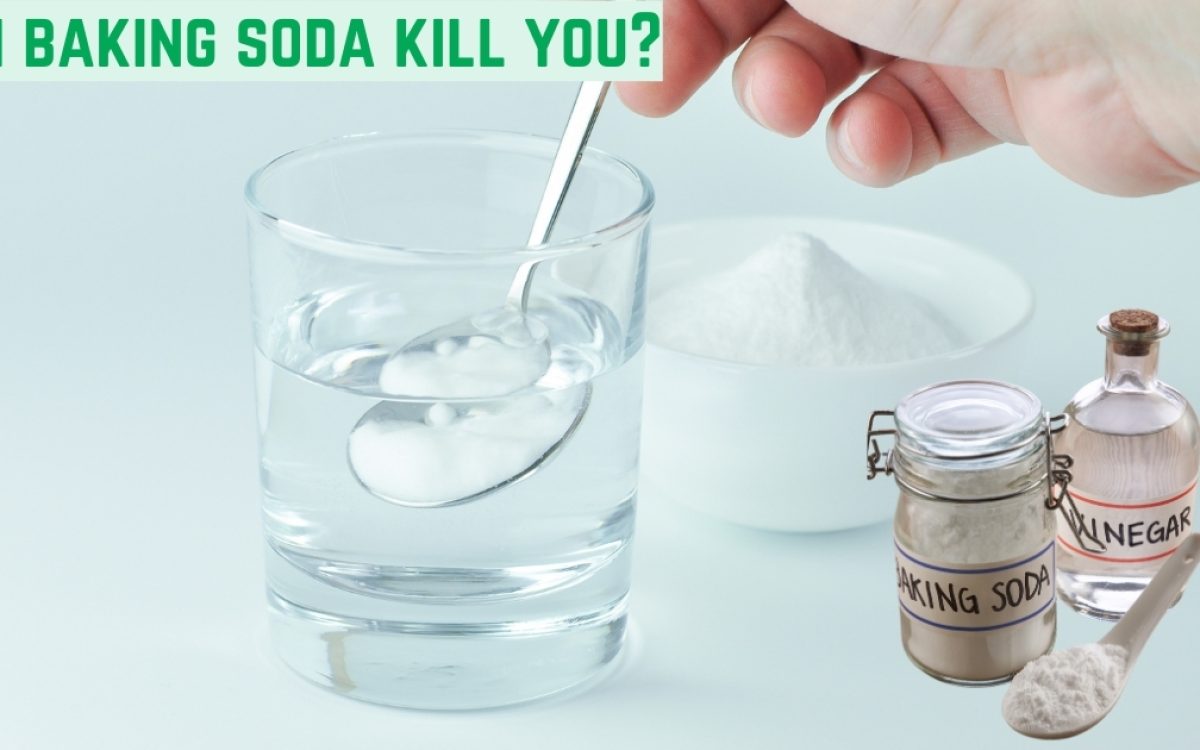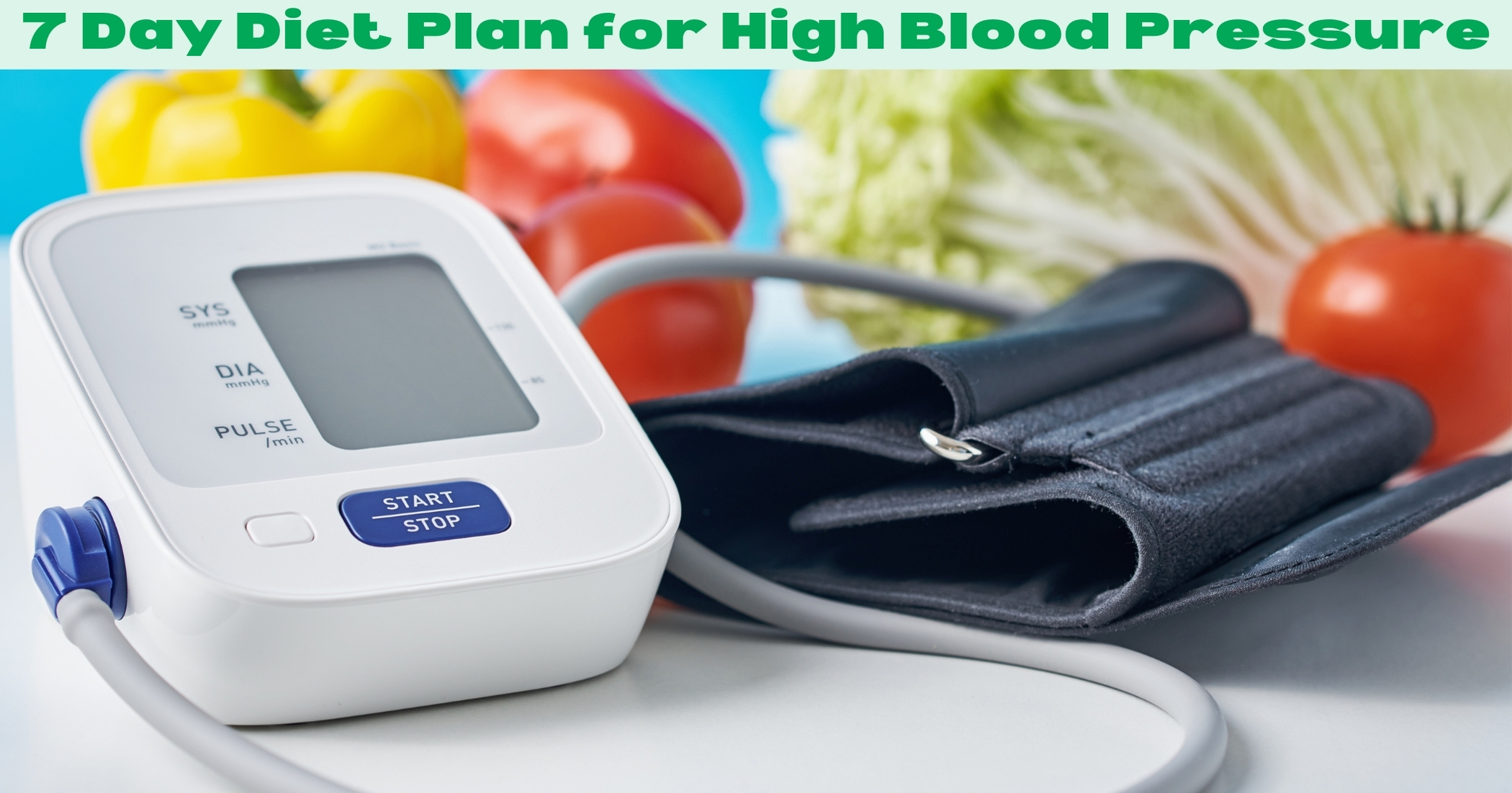Imagine this: It’s a lazy Sunday afternoon, and you’re experimenting in the kitchen, trying a new recipe for homemade toothpaste. You stumble upon a blog post extolling the virtues of baking soda as a natural alternative to commercial toothpaste. Intrigued, you decide to give it a try.
As you mix up a concoction using baking soda, water, and a few drops of peppermint oil for flavour, you envision the sparkling smile you’ll soon achieve. But little do you know, you’ve just taken the first step into a potentially dangerous territory.
Let’s delve into the perplexing question: Can Baking Soda Kill You? It’s a query that might seem peculiar at first glance, given baking soda’s commonplace presence in kitchens worldwide. But beneath its innocuous exterior lies a potential danger that can turn lethal under certain circumstances.
Table of Contents
ToggleIntroduction to Baking Soda’s Toxicity
Baking soda, or sodium bicarbonate, is commonly used in cooking, cleaning, and personal hygiene. It’s prized for its alkaline properties, which make it effective at neutralizing acids and balancing pH levels. It’s hailed as a versatile household remedy, from scrubbing stubborn stains to soothing indigestion.
However, despite its ubiquity and perceived safety, baking soda can pose serious health risks when ingested in large quantities. The key to understanding its toxicity lies in its ability to disrupt the body’s delicate acid-base balance. Let’s delve into the perplexing question: Can Baking Soda Kill You?
Ingesting excessive amounts of baking soda can lead to a condition known as metabolic alkalosis. This occurs when there’s an excess of bicarbonate ions in the bloodstream, causing the pH level to rise above the normal range. Metabolic alkalosis can wreak havoc on various bodily systems, leading to symptoms ranging from mild to life-threatening.
Symptoms of Baking Soda Poisoning
The symptoms of baking soda poisoning can vary depending on the amount ingested and the individual’s overall health. Individuals may experience gastrointestinal discomfort in mild cases, including nausea, vomiting, and abdominal pain. However, as the toxicity worsens, more severe symptoms may manifest, such as muscle weakness, tremors, confusion, seizures, irregular heartbeat, respiratory distress, and, in extreme cases, coma or even death.
According to the National Capital Poison Center, fatalities from baking soda ingestion are rare but have been reported, particularly in cases of intentional overdose or accidental ingestion by young children.
The Science Behind Baking Soda’s Lethal Potential

Let’s unravel the mystery behind baking soda and its surprising lethal potential. Despite its widespread use in households for cooking, cleaning, and personal care, baking soda can pose serious health risks if not handled cautiously. To truly understand why, we must delve into the intricate mechanisms of the human body and how baking soda can disrupt its delicate balance.
Exploring Acid-Base Balance
Our bodies maintain a delicate balance between acidity and alkalinity, which is crucial for optimal function. This balance, known as pH, is tightly regulated to ensure our cells and organs function properly. However, when this balance is disrupted, it can lead to health complications.
Baking soda, or sodium bicarbonate, is an alkaline compound that can neutralize acids. When ingested, it reacts with stomach acids to produce water, carbon dioxide, and salt, raising the pH level of the stomach contents.
Metabolic Alkalosis: A Dangerous Shift
Excessive consumption of baking soda can overwhelm the body’s natural regulatory mechanisms, leading to a condition known as metabolic alkalosis. In metabolic alkalosis, there’s an excess of bicarbonate ions in the bloodstream, causing the pH level to rise above the normal range.
This shift towards alkalinity can have profound effects on various bodily systems. It can disrupt the balance of electrolytes, such as potassium and calcium, leading to muscle weakness, tremors, and cardiac arrhythmias. Additionally, metabolic alkalosis can impair respiratory function, causing shallow breathing and respiratory distress.
Understanding Dosage and Frequency
The severity of baking soda toxicity depends on factors such as dosage and frequency of exposure. While occasional use in cooking or cleaning is generally safe, chronic ingestion or deliberate overdose can have serious consequences.
While fatal cases of baking soda ingestion are rare, they have been reported, particularly in cases of intentional overdose or accidental ingestion by young children. One study published in the Journal of Clinical Toxicology documented a case of fatal baking soda ingestion in a woman who consumed a large quantity as a home remedy for indigestion.
Prevention and Intervention
To minimize the risks associated with baking soda toxicity, it’s crucial to use it responsibly. Avoid excessive use, especially in DIY remedies or oral hygiene products. When using baking soda for cooking or cleaning, follow recommended guidelines and recipes to prevent accidental ingestion.
If baking soda poisoning is suspected, seek immediate medical attention. Treatment typically involves supportive care to stabilize the individual’s condition and restore acid-base balance. Medical interventions such as intravenous fluids or medications may be necessary in severe cases.
In conclusion, while baking soda may seem harmless, its potential for harm should not be underestimated. By understanding the science behind its lethal potential and taking preventive measures, we can minimize the risks and ensure our well-being.
Factors Influencing Baking Soda’s Harmful Effects

Understanding the various factors that influence the harmful effects of baking soda can provide valuable insights into its potential dangers.
Dosage and Frequency of Exposure:
The severity of baking soda toxicity is closely linked to the amount ingested and the frequency of exposure. While small amounts consumed sporadically may not cause harm, larger doses or chronic ingestion can lead to serious health complications.
Individual Sensitivity:
Each person’s tolerance to baking soda may vary based on age, overall health, and underlying medical conditions. Individuals with certain health conditions, such as kidney disease or hypertension, may be more susceptible to the adverse effects of baking soda.
Interaction with Medications:
Baking soda can interact with certain medications, potentially amplifying their effects or interfering with absorption. It’s essential to consult a healthcare professional before using baking soda as a home remedy, especially if you’re taking prescription medications.
Symptoms of Baking Soda Poisoning

Recognizing the symptoms of baking soda poisoning is crucial for prompt intervention and treatment.
Gastrointestinal Distress:
Mild cases of baking soda poisoning may present with symptoms such as nausea, vomiting, and abdominal pain. These symptoms typically occur shortly after ingestion and may be accompanied by a feeling of bloating or discomfort.
Neurological Symptoms:
As baking soda toxicity progresses, it can affect the nervous system, leading to symptoms such as confusion, dizziness, and tremors. In severe cases, individuals may experience seizures or loss of consciousness.
Cardiovascular Effects:
The alkalizing effects of baking soda can impact heart function, leading to irregular heartbeat or palpitations. These cardiovascular symptoms may indicate metabolic disturbances caused by baking soda toxicity.
Cases of Fatal Baking Soda Overdose
While fatal cases of baking soda overdose are rare, they serve as a sobering reminder of its potential dangers.
Intentional Overdose:
Sometimes, individuals may deliberately ingest large quantities of baking soda as a misguided attempt to self-medicate or achieve a desired effect. This can lead to severe metabolic disturbances and, in extreme cases, death.
Accidental Ingestion:
Children are particularly vulnerable to accidental baking soda ingestion, as they may mistake it for a harmless substance or ingest it while exploring their environment. Parents and caregivers should take precautions to store baking soda safely out of reach of children.
Treatment Options for Baking Soda Toxicity

Prompt and appropriate treatment is essential for managing baking soda toxicity and preventing further complications.
Medical Evaluation:
If baking soda poisoning is suspected, seeking medical attention is crucial. Healthcare professionals can assess the severity of the poisoning and initiate appropriate treatment measures.
Supportive Care:
Treatment for baking soda toxicity typically involves supportive care to address symptoms and stabilize the individual’s condition. This may include administering intravenous fluids to correct dehydration or electrolyte imbalances.
Monitoring:
Individuals with baking soda poisoning may require close monitoring in healthcare to ensure their condition remains stable and to detect complications promptly.
Preventive Measures to Avoid Baking Soda-Related Deaths

Proactive steps are crucial in preventing baking soda-related deaths and promoting household safety.
Education and Awareness:
Increasing public awareness about the potential dangers of baking soda and providing clear guidelines for its safe use are essential. Educating individuals about the proper dosage, possible side effects, and secure storage practices can help prevent accidental poisonings and overdoses.
Safe Storage:
Storing baking soda securely out of reach of children and ensuring it’s appropriately labelled are vital preventive measures. By keeping baking soda in a designated cabinet or high shelf, caregivers can reduce the risk of accidental ingestion by curious children.
Alternative Products:
Encouraging safer alternatives to baking soda for everyday household tasks, such as cleaning and personal care, can further minimize the likelihood of exposure to toxic levels of baking soda. Eco-friendly and non-toxic cleaning products offer effective alternatives without the risk of harmful side effects.
Regulatory Measures:
Advocating for regulatory measures to restrict the availability of baking soda or mandate warning labels on packaging can help raise awareness of its potential dangers. Government agencies and consumer advocacy groups play a vital role in ensuring the safety of household products and protecting public health.
Conclusion: Navigating the Risks and Implications
In conclusion, while baking soda may appear harmless, it poses significant risks if ingested in large quantities or misused. We can protect ourselves and our loved ones from harm by understanding the preventive measures to avoid baking soda-related deaths, such as education, safe storage, alternative products, and regulatory measures. Proactive steps and awareness are essential in promoting safety and minimizing the risk of baking soda toxicity. Let’s work together to navigate the risks and ensure the well-being of our communities.









